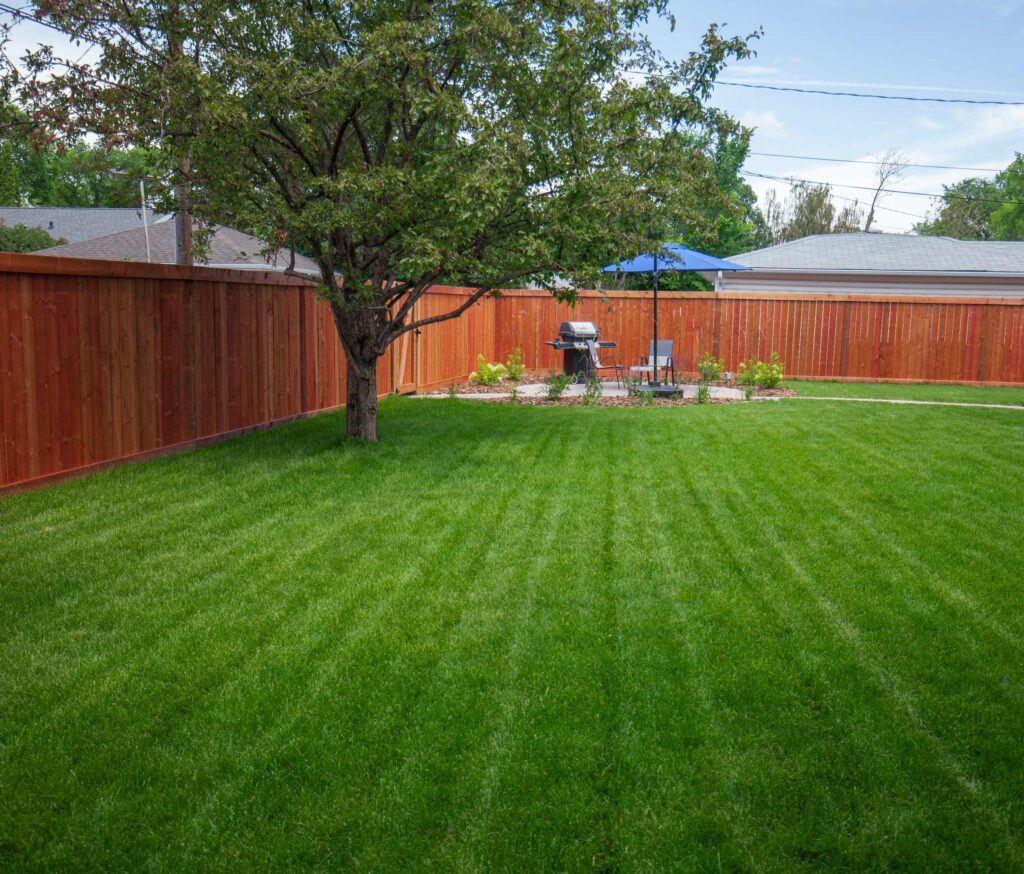Lawn Care Edmonon Maintaining a lush, green lawn in Edmonton’s climate takes more than just rainwatering techniques; suitable grass types must also be selected carefully along with understanding local conditions and demands. Watering efficiently is crucial to its health and vitality in climates like Edmonton with changing temperatures; here we explore essential tips on watering specifically tailored to Edmonton climate needs and requirements.
Understanding Edmonton’s Climate:
Edmonton in Alberta, Canada enjoys a temperate climate characterized by cold winters and warm summers characterized by hot, dry heat waves during the latter half. Conversely, winter months bring heavy snowfall. Such extremes create unique challenges when it comes to lawn care Edmonton; specifically when dealing with periods of drought or heat stress.
Before initiating any watering techniques, it’s essential to carefully consider several elements affecting the need of your lawn care Edmonton:
Type of Grass in Your Lawn:
The type of grass in your lawn plays a substantial role in its watering requirements.
Common varieties in Edmonton are Kentucky bluegrass, perennial ryegrass and various fescue types – each has different preferences regarding frequency of irrigation as well as tolerance to drought conditions.
Soil Type:
Soil composition can have an enormous effect on water retention and drainage in Edmonton’s soil, which tends to be clayey or loamy and thus retain water while at times becoming compacted, inhibiting grass roots’ proper absorption of it.
Weather Conditions:
Monitoring weather forecasts is key in adapting your watering schedule accordingly, particularly during periods of intense heat or drought; more frequent irrigation might be necessary in these instances to protect the lawn and prevent it from drying out prematurely lawn aeration Edmonton.
Water Restrictions in lawn care Edmonton may impose watering regulations during drought conditions or peak demand periods; to stay compliant and ensure your lawn stays thriving.
Effective Watering Techniques:
Now, let’s go into specific tips and techniques for watering effectively in Edmonton:
Early Morning Watering:
To prevent loss to evaporation and dry grass before evening hours; as well as reduce risk of fungal lawn aeration Edmontondisease outbreak, early morning is the optimal time for lawn watering. Watering between 4:00 AM and 10:00 AM also allows your grass time to dry naturally without becoming wet, increasing safety against disease outbreak.
Deep, Infrequent Watering:
For optimal root growth and stronger, drought-tolerant grass, aim for deeper and infrequent watering sessions of 6-8 inches depth that penetrate lawn aeration Edmonton the soil to promote deeper root development. Most grass types in Edmonton need about one inch or 1.5 inches per week to thrive.

Utilize Quality Irrigation Equipment:
Invest in high quality irrigation equipment such as sprinklers, soaker hoses or drip irrigation systems to provide uniform water Weed lawn care Edmonton distribution across your lawn and adjust sprinkler heads as necessary to eliminate waste in sidewalks or driveways.
Monitor Soil Moisture:
Routinely monitor the soil moisture level to identify when additional watering may be required. Insert a screwdriver or soil probe into the ground – Weed lawn care Edmonton if it penetrates easily then your soil may already have sufficient moisture; otherwise it might need replenishing with additional rainfall.
Avoid Overwatering:
Overwatering can be just as destructive for your lawn as underwatering; too much water may result in shallow root growth, soil compaction and an Weed lawn care Edmonton increased susceptibility to pests and diseases. Allow the soil to dry slightly between watering sessions for lawn care Edmonton so as to avoid waterlogged conditions and potentially unhealthy lawn conditions.
Consider Rainfall When Planning Watering Schedules:
Take natural rainfall into consideration when creating your irrigation schedule and adjust its frequency and duration accordingly based on how much rain has fallen during a week.
Water Conservation:
Utilizing practices designed to conserve water is one effective way of conserving it and is best practiced through rain barrel installation for lawn irrigation use and drought resistant grass varieties and the incorporation of native plants or hardscaping features into landscape designs as a way of decreasing lawn area.
Mulch Your Clippings:
Lawn Care Edmonton Keep grass clippings on the lawn after mowing as natural mulch to retain soil moisture and cut down on watering needs. Mulching also returns nutrients back into the soil, encouraging healthy grass growth for lawn care Edmonton.
Adjust Your Watering Schedule Accordingly:
Simplifying:
When it comes time for summer heat, increase watering frequency while cutting back during cooler spring and fall periods.
Regular Maintenance:
Aeration and dethatching can enhance soil structure and water absorption rates to help water reach grass roots more effectively. By clearing away thatch accumulations, regular lawn care Edmonton practices help enhance root penetration while decreasing runoff water runoff.

Conclusion:
Proper watering practices for lawn care Edmonton are crucial to their overall health and beauty, especially given its highly seasonal weather variations. By following these techniques and tips, you can ensure your grass receives exactly the amount and timing it requires – encouraging deep root development, drought resistance, vitality and overall vitality of its plants and lawn. Remember to adapt watering habits with My Yard Ninja according to weather, soil moisture content or any other factor for maximum effectiveness when watering Edmonton’s climate demands it!
